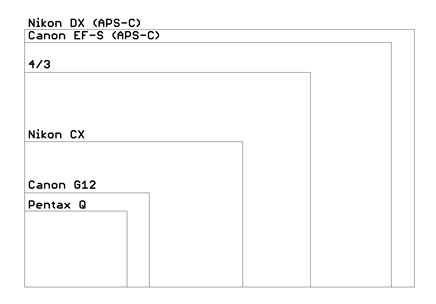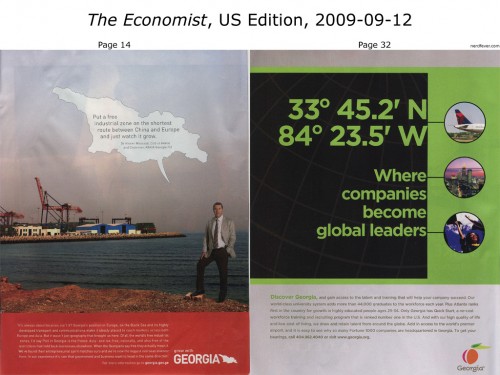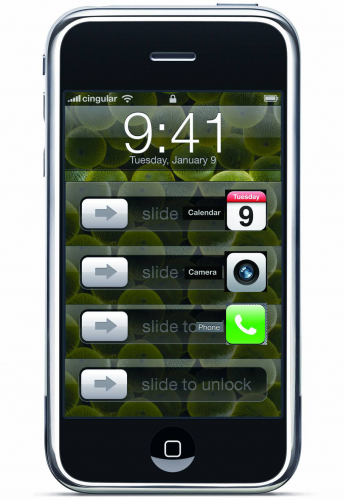On July 7 I shot some video with the Nikon J1 of the joint CMASS/MMMSC launch at the Tuckahoe Turf Farm in South Berwick, ME.
After my generally scathing review of the camera (more for missed opportunity than anything else), I figured I’d give it a chance to show what it can do with high-speed photography – specifically, I wanted to try the 10 Mpixel 60 frames/second mode as well as the 400 and 1200 fps high-speed video modes.
Here is the result:
I put it together in Sony Vegas. The blurry clips were shot at 400 frames/second (240×640 pixels). The blurrier ones are at 1200 frames/second (120×320 pixels). The video is at 30 fps, giving 1/13.3x and 1/40x speed. This video shows the full resolution output by the camera.
(To be pedantic, playback is at 29.97003 Hz (that’s 30000/1001); from what I saw in Sony Vegas, the Nikon actually records at 399.6004 and 1198.8012 fps – which makes an odd sort of sense if you know NTSC.)
As you can see, all the video is lousy. It’s poorly exposed (despite some fixing in Vegas), heavily overcompressed (in-camera) and oversharpened (again, in-camera). The 1200 fps mode is worse than the already bad 400 fps mode. You can’t control it. I don’t blame Nikon too much – the high-speed Casio cameras seem to have similar problems. On the plus side, most of the video was shot at a shutter speed of 1/5000 second, which is neat to do. A couple clips were at 1/10,000th (!).
The video is good enough for some technical purposes, but it’s not a joy to look at.
Finally, you’ll note that none of the clips are at that fantastic, promised, 10 Mpixel resolution (60 Hz). It turns out that although the Nikon J1 will record stills that fast (for 1/2 second), you can’t control the shutter speed while it’s doing it. I didn’t know that until I got there and tried it. The shutter speed it picked (on a reasonably bright day) was so slow that each frame had lots of motion blur in it. So I didn’t bother. Just another needless firmware-based disappointment from the Nikon J1.
I’ve put the camera and lenses up for sale on eBay. Such a shame, Nikon. Oh well – I’m getting excited about the rumors of the new Canon mirrorless ILC system; maybe they’ll do better.




